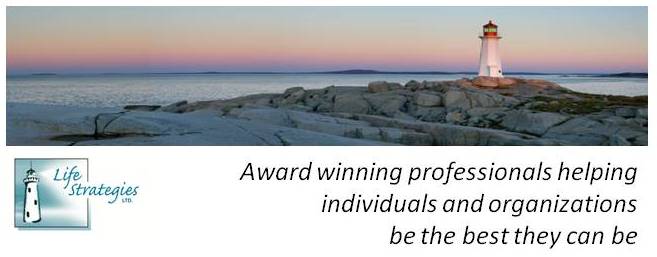 Within the career engagement model, the use of career, as opposed to work, employee, or even life engagement
is intentional. The goal is to encourage you to consider your level of
engagement across the broad meaning of career (i.e., “the interaction of work
roles and other life roles over a person’s lifespan including both paid and
unpaid work”; European Lifelong Guidance Partnership Network, 2012).
Within the career engagement model, the use of career, as opposed to work, employee, or even life engagement
is intentional. The goal is to encourage you to consider your level of
engagement across the broad meaning of career (i.e., “the interaction of work
roles and other life roles over a person’s lifespan including both paid and
unpaid work”; European Lifelong Guidance Partnership Network, 2012).
In my recent explorations into career engagement, work was having the biggest impact on
whether or not individuals were able to be engaged. Take time to reflect on
your work role. Do you feel engaged? Overwhelmed? Underutilized? Using the
career engagement model, you can explore your level of engagement from the
challenge component by reflecting on whether your current role is too
difficult, or too easy; also consider whether you have opportunities to be
stimulated and fascinated by the work you are doing.
In exploring your level of career engagement from the
capacity component, reflect on whether you have the resources necessary to meet
the challenges your job presents. Consider skills, knowledge/education, access
to equipment, sufficient budget, supportive colleagues and supervisors, as well
as supportive friends and family. Remember to look at your whole life, even
when focusing on your work role – sometimes your energy is being consumed by
challenges at home making work seem more difficult when, in reality, it is personal
challenges that are reducing your overall capacity.
Your goal should be to balance challenge and capacity in
order to stay within the zone of engagement. If you’re feeling overwhelmed,
strive to either increase your level of capacity or reduce the level of
challenge. If you’re feeling underutilized, look for opportunities to increase
your level of challenge . . . reducing level of capacity is also an option but
likely much harder to do; after all, you can’t suddenly become less-skilled at
your job.
If you are interested, I’m currently collecting data for my
doctoral dissertation where the career engagement model is a focus of my research.
Click here to review the official invitation to participate in the research
study and access the link to the survey.




